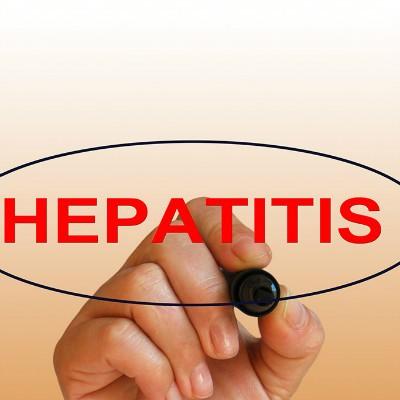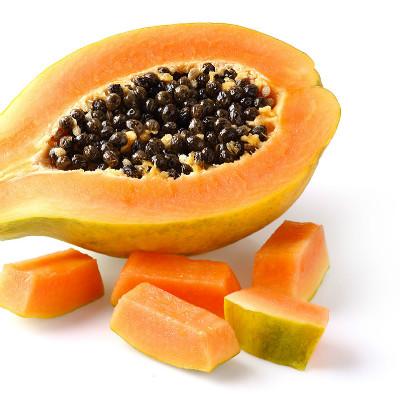Chronic lymphoblastic leukemia symptoms?
summary
In our current life, we know little about chronic lymphocytic leukemia, and we don't know much about some of its symptoms. In the early stage, the disease basically has no symptoms, and it is often treated because the absolute value of lymphocytes has increased, Here is a brief introduction to the symptoms of chronic lymphoblastic leukemia.
Chronic lymphoblastic leukemia symptoms?
In the early stage of asymptomatic, the patient felt normal, lymph nodes and spleen could not be enlarged, and Hemogram and bone marrow had shown slow lymphocytic manifestations. This kind of patients are often found by blood examination occasionally. To the symptomatic stage, the patient has fatigue, fatigue, emaciation, sweating symptoms, and lymph nodes and liver, spleen enlargement. Lymph node enlargement is a common sign of CLL. When the disease progresses, lymph nodes can gradually increase from small to large, and develop from local to all parts of the body. The most common parts are neck, armpit and groin. Small superficial lymph nodes are not noticed by patients. It is only found in physical examination that large superficial lymph nodes can be walnut or egg like in size. Because there is no pain, although the swelling is obvious, some patients still don't care and don't seek medical treatment.

When visceral lymph node enlargement oppresses nearby organs, there may be symptoms of various organ diseases, such as mesenteric lymph node enlargement may cause intestinal obstruction, mediastinal lymph node enlargement may oppress bronchus and cause irritating cough and repeated pneumonia. Hepatosplenomegaly is generally 3-4cm below the costal margin, but in some patients, the spleen can be enlarged to the pelvic cavity, with a sense of pain and distention.

Jaundice, right upper abdominal pain and hypoproteinemia occurred in some patients due to severe liver infiltration. In the late stage of the disease, lymphocytes can infiltrate into all organs of the body. Bone marrow infiltrated by a large number of lymphocytes can affect the normal hematopoietic function of bone marrow, anemia and bleeding symptoms. 50% of the patients may have skin lesions and rashes similar to psoriasis; Gastrointestinal manifestations can be abdominal pain, diarrhea and black stool, occasionally intestinal obstruction and perforation.

matters needing attention
Screening of the population, the elderly should be regular physical examination, in order to find asymptomatic patients with leukemia, suspicious cases to give the necessary further examination, such as blood routine, white blood cell classification, B ultrasound, lymph node puncture smear, so as to achieve early detection, early diagnosis, early treatment.












